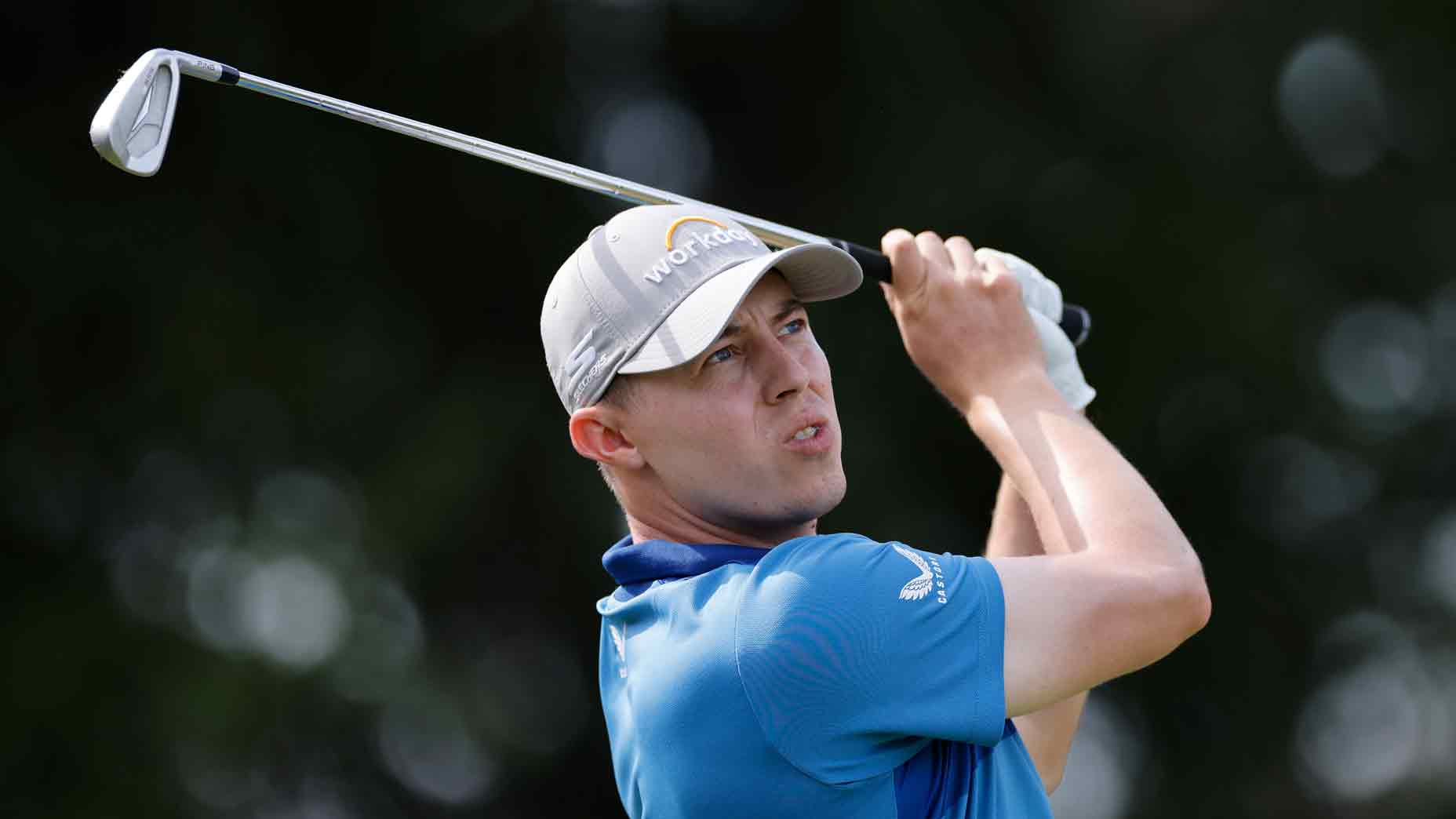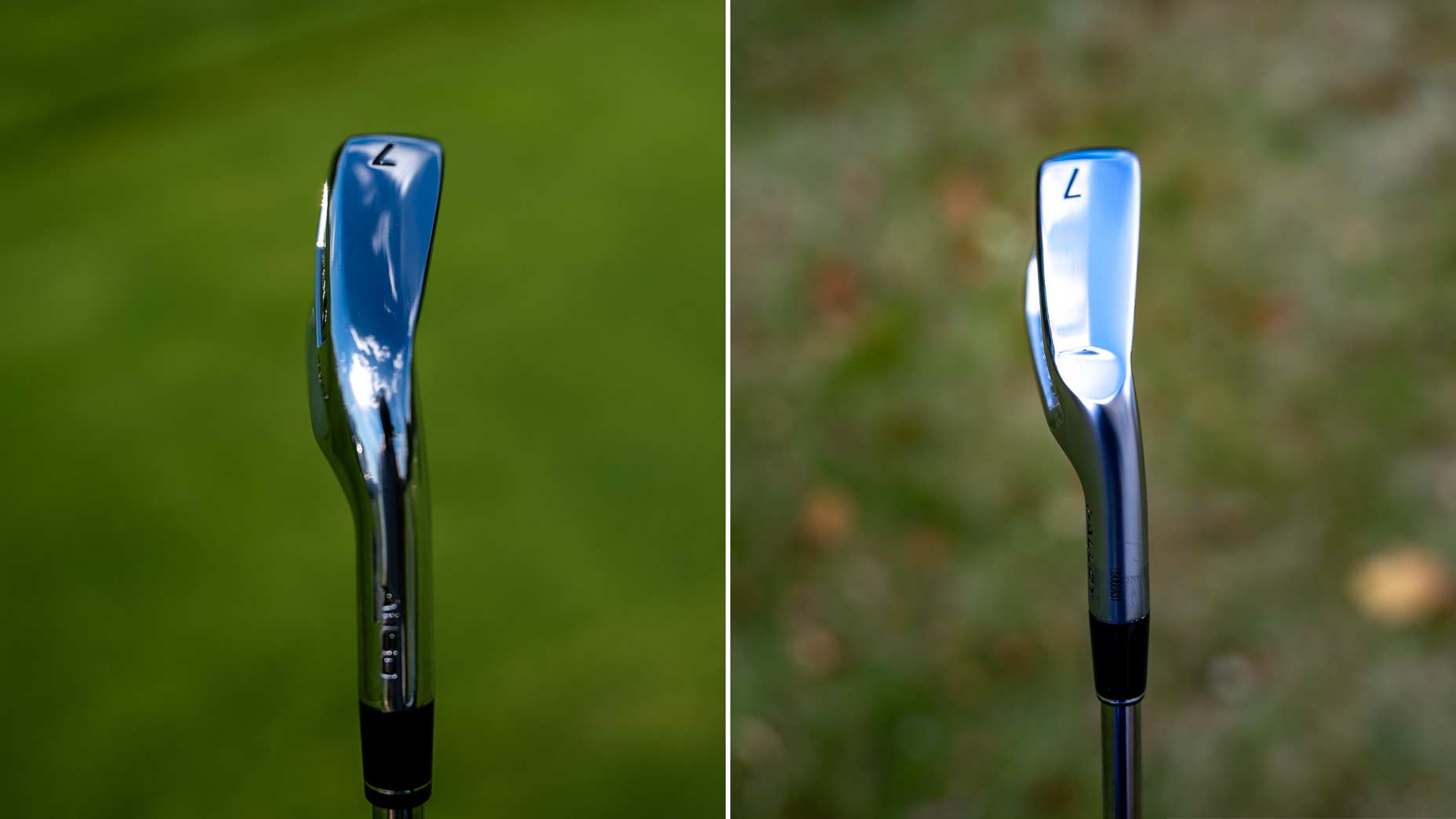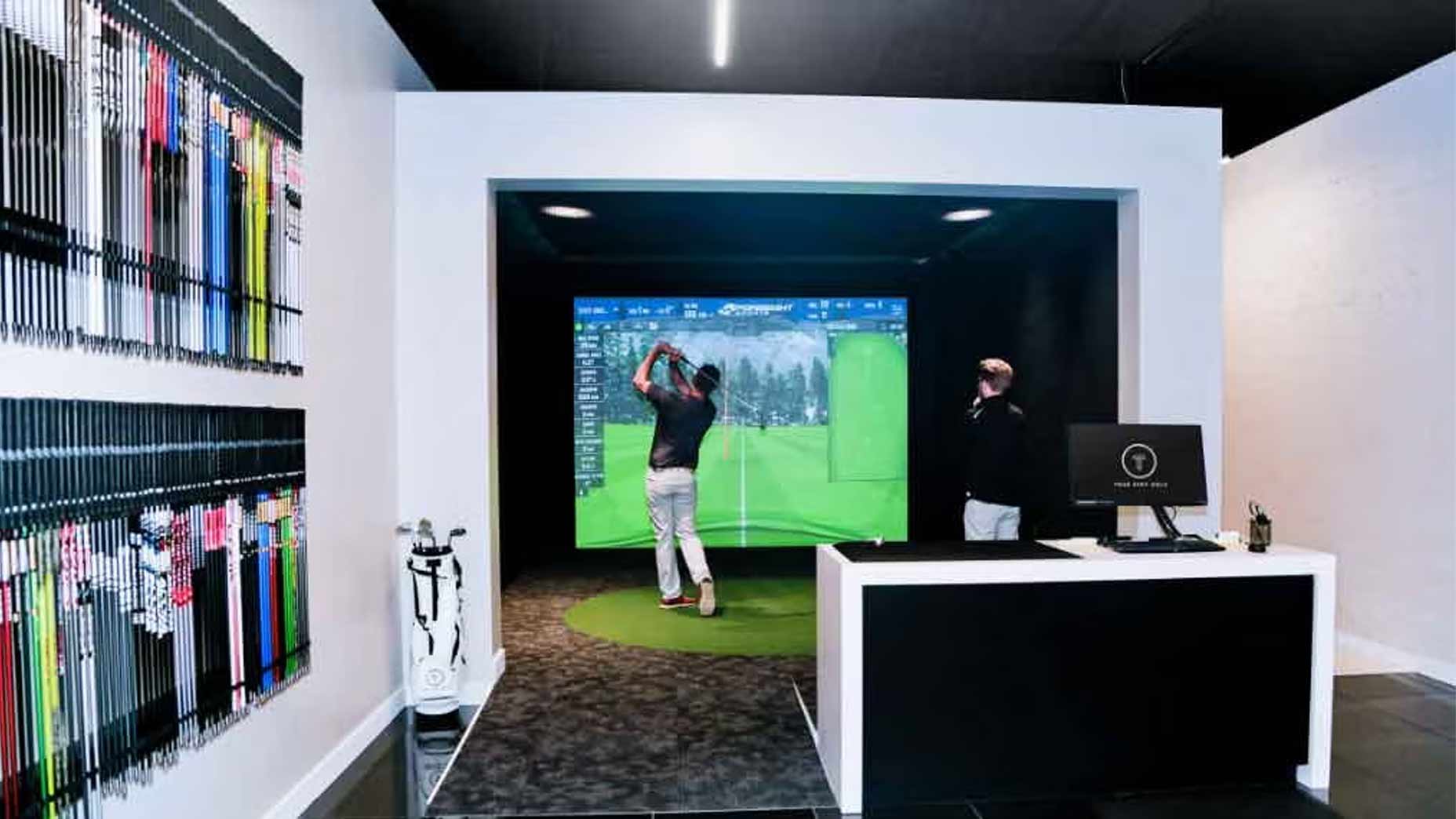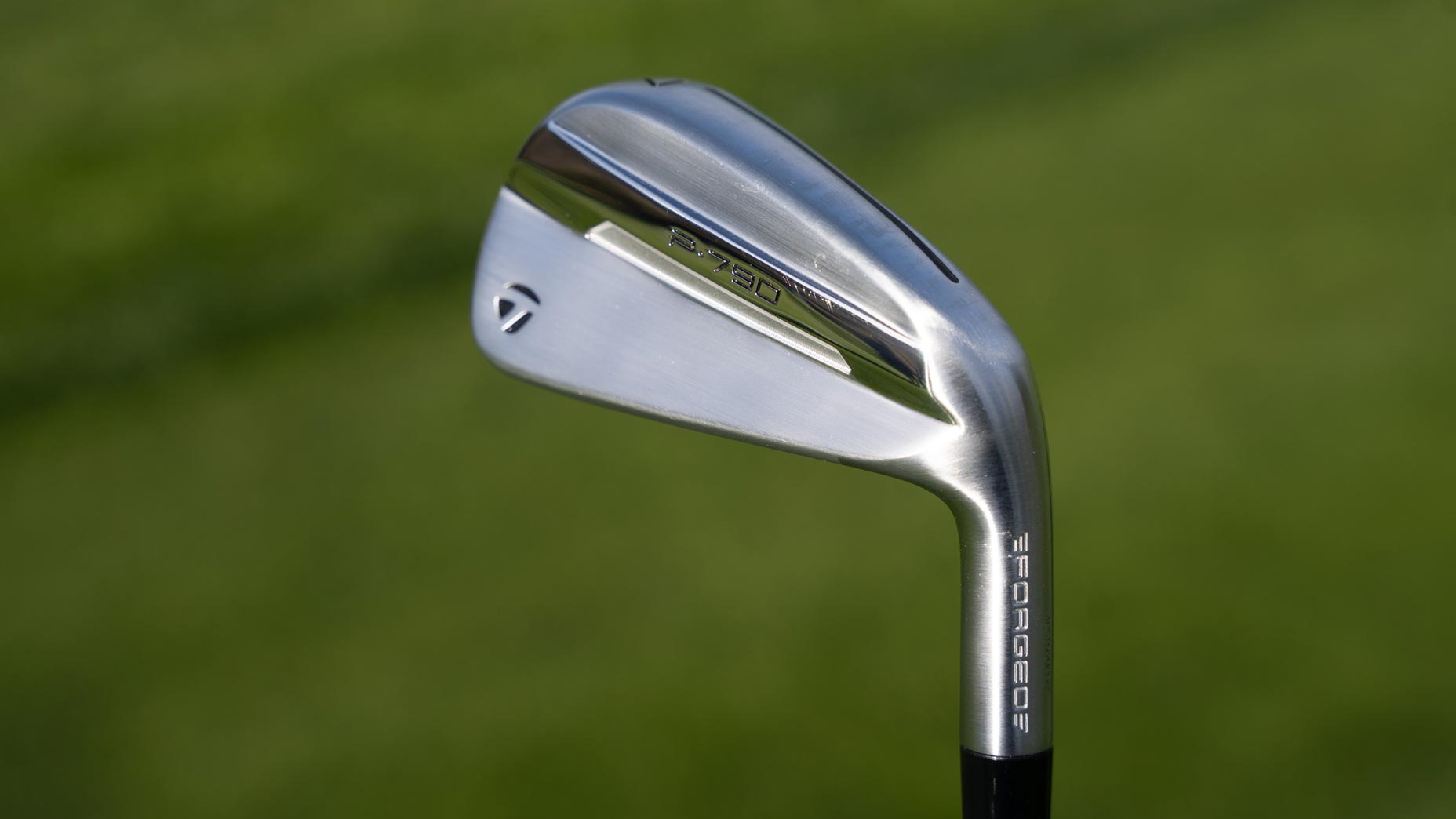Welcome to GOLF’s newest series “Firsthand with a Fitter” where we dive into some of the most common issues golfers struggle with on the course, and how properly fit equipment can help fix those issues and make the game easier.
When it comes to lowering your scores, one of the most important stats in golf is proximity to the hole, and one of the best ways to improve proximity is to know the distances you hit your irons. Beyond knowing how far you hit the ball with your irons, something that is even more important is stopping power, and it’s a facet of the game many golfers overlook.
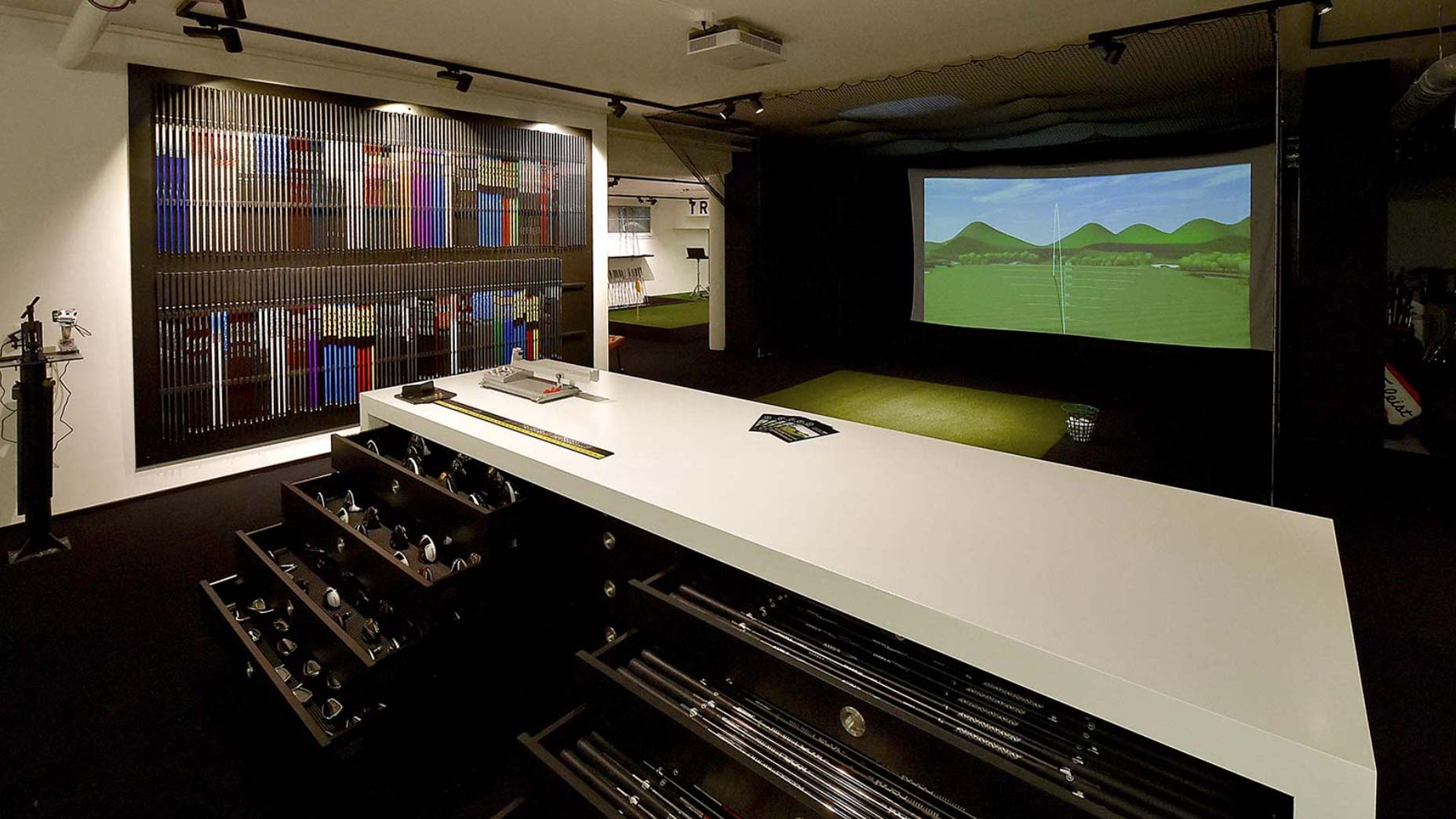
How to create stopping power
Stopping power is generated by the combination of the golf ball’s descent angle and backspin. For golfers with a lot of ball speed — which is a direct relation to clubhead speed, this isn’t an issue, but for those in the moderate swing speed category, creating extra launch and spin can be difficult.
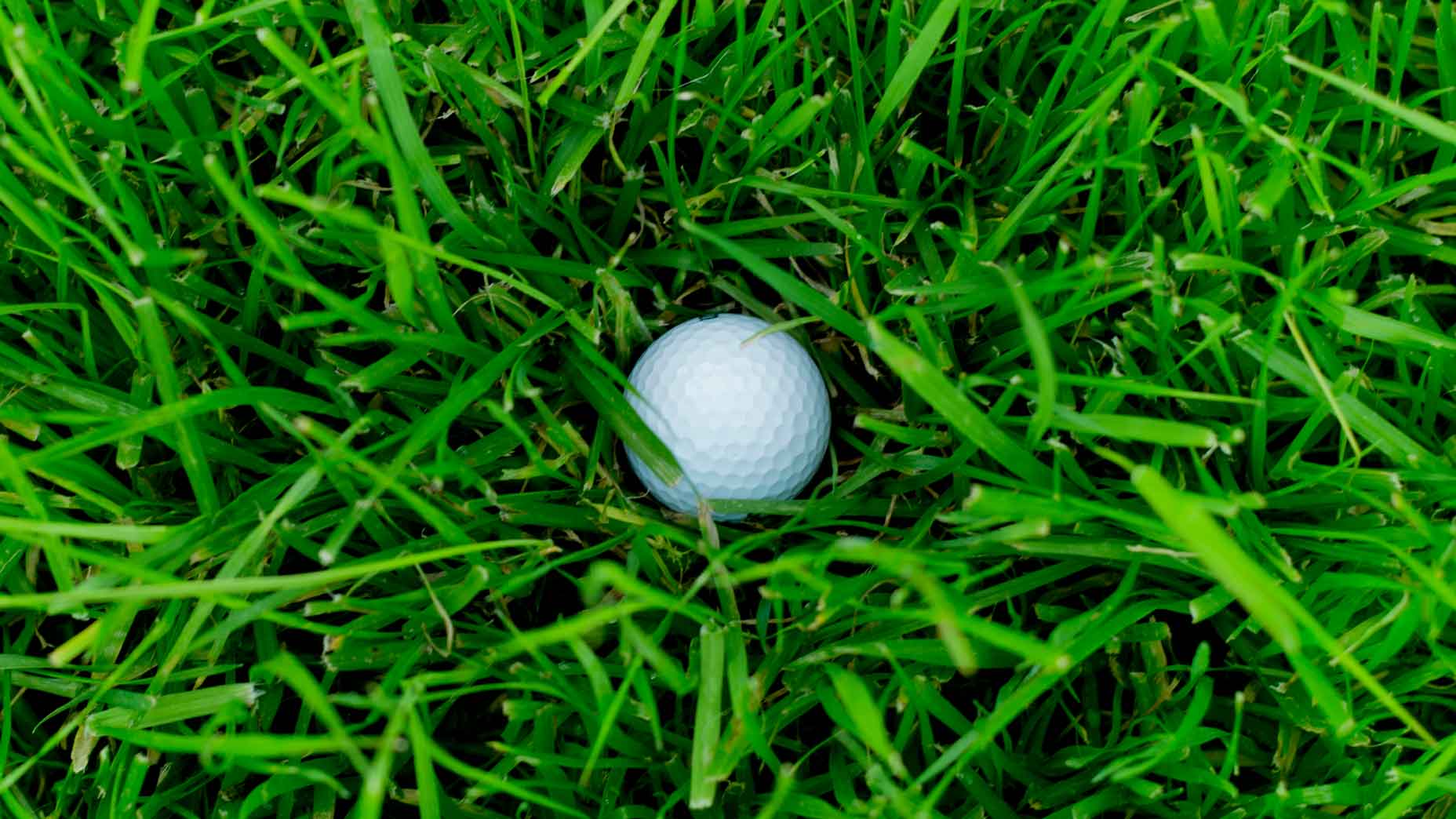
Without enough launch and spin it becomes difficult to carry the ball farther in the air, and more difficult to stop the ball before it rolls through the green and into the rough or a hazard.
“Too many players struggle with achieving a launch window that produces a manageable landing angle beyond their 7-iron which is usually the result of purchasing clubs off the rack and making the buying decision based on the wrong parameters like total distance. The other issue we see is players not utilizing technology to build the right set composition and having too many longer irons in their bags.” – Kris McCormack, VP of Tour and Education at True Spec Golf
How equipment can help
From a fitting perspective, the most important thing to do is to help the player get the ball peaking at a higher height and generating more spin.
This is achieved by changing a number of club specs, including using a lighter shaft to help generate more clubhead speed and using a club designed to launch the ball easier. Irons in this category generally have a bit more offset, wider soles, and more loft to help get the ball in the air easier.
As for fairway woods and hybrids, their larger heads and wider soles move mass away from the face to not only help by getting the ball in the air easier, but by design, they’re much more forgiving than any iron with a comparable loft.
“Rather than think of their golf bags as different parts, it’s better for golfers to think of it as a whole set of tools designed to maximize scoring potential. If you are using a club to approach greens, whether it be a wedge or a fairway wood, you need that club to have stopping power so you can control where it’s going to land and how fast it’s going to stop.” -Kris McCormack
Last but not least, it is important to consider your golf ball. As the old adage goes, it’s the only piece of equipment used for every shot, and making sure it’s optimized for approach play is critical for controlling distance and adding stopping power.
Looking to work firsthand with your own club fitting expert to dial in your equipment and play better golf? You can, by booking a club fitting with the industry experts at GOLF’s affiliate True Spec Golf. With over 30 locations, its easy to find one near you.
Also, for more on the latest gear news and information, check out our latest Fully Equipped podcast below!
